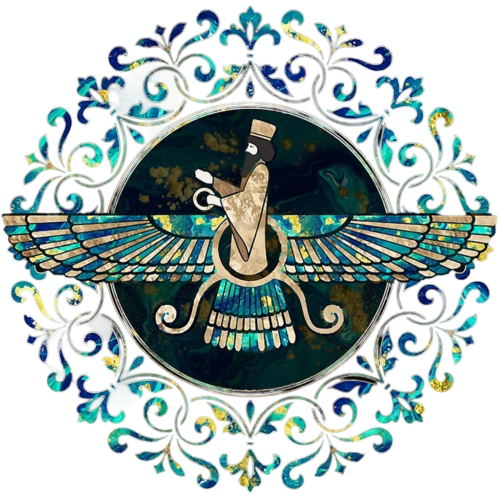Pazyryk carpet
The most prominent example of this group, which is at the top of the studies of shop carpet researchers and specialists in the field, is the famous Pazyryk carpet , which is of great importance among all historical documents of Iranian carpet weaving.
There are 3 reasons that show us why this carpet is quite famous and has been the main subject of many studies since it was found.

It was discovered during the 1950S in the frozen land of Siberia about 79 kilometers away from the Mongolian borders. It was precisely located in Pazyryk carpet valley along Altai mountains.’ Pazyryk carpet valley is consisted of a number of hills.
according to records and historical documents, these hills were built in an 8-year-long endeavor and were used as burial sites by the Scythians of this region. The magnificent Pazyryk persian carpet was found in the 5th hill along with a mummified body.
Records show that this body must have belonged to a king or a prince since beside his body many objects such as hunting tools, clothes and dishes were located. There was also a carriage in the area. Even though it is merely a theory, some believe that the Pazyryk carpet was used to carpet the carriage.

Pazyrk persian carpet has dimensions of 189×189cm. Due to its age, which is dated back to 300 to 400 B.C, it is safe to say that it has almost no damage and more than 90 percent of it is intact. The main reason behind this persian carpet’s survival is completely scientific, but it all happened merely by an accident.
A short while after the mummified body and many other objects including this very carpet were put in the grave, thieves attempted to steal them by cracking a part the grave open. They successfully took what they wanted but they never covered up the opened crack. During warmer seasons of the year, significant amounts of snow found their way into the grave through that crack and filled it up.
All of the remaining objects including Pazyryk carpet were surrounded by snow which froze during the cold, thus freezing all of those objects as well. This accident resulted in the survival of this persian carpet for about 2500 years with minimum damage, which fascinated the Russian archaeologist, professor Sergei Rudenko and all other carpetologists around the world.

The woven patterns on this carpet are much like those on other artistic pieces found in Iran, including the carvings of takht-e-jamshid (Persepolis). Maybe that is why the first thing that Rudenko said after he discovered this magnificent carpet was that it reminded him of takht- e jamshid. The most important part of the design of this carpet is the pattern of people, every other one of which is riding a horse while others are on foot.
They all appear to be moving around. There is a similar pattern of horse riders in takht-e-jamshid . The border of this carpet contains patterns of Persian carpet fallow deer which appears on all sorts of other Persian artistic pieces. This animal’s place of origin was Iran, where it resided as well, hence living only in Iran .

Until about 10 years ago, Pazyryk carpet was the only carpet more than 2000 years old that was still in great shape and had almost no damage at all. It was very-well known and was famously mentioned in many books and articles.
In the past decade, other pieces have surfaced as well, the most important of which is a piece that according to the results of its radiocarbon testing, dates back to the 10th century, hence it was considered to be a Sassanid piece. But more studies and researches indicated that it actually belongs to the Achaemenid era .

The pattern of lions on this carpet is like the ones on many other Persian historic pieces . During the last weeks of writing this book, some newly-found Iranian horse and camel blankets from the Achaemenian era were introduced by the famous English carpetologist, Michael Franses. These pieces left all carpet scholars and Persian carpet enthusiasts in awe.’

Some small Gelims and carpets in form of fragments have also been found from the post Achaemenian era, Reports and photos of these pieces were published by the National Museum of Kuwait for the very first time.
These pieces are proof of popularity of carpet weaving among Iranians as a tradition and their use of some par- ticular patterns. Discovering patterns of Persian fallow deers on some of these pieces caused some of the researchers and scholars to call it “the Sassanid Pazyryk.
